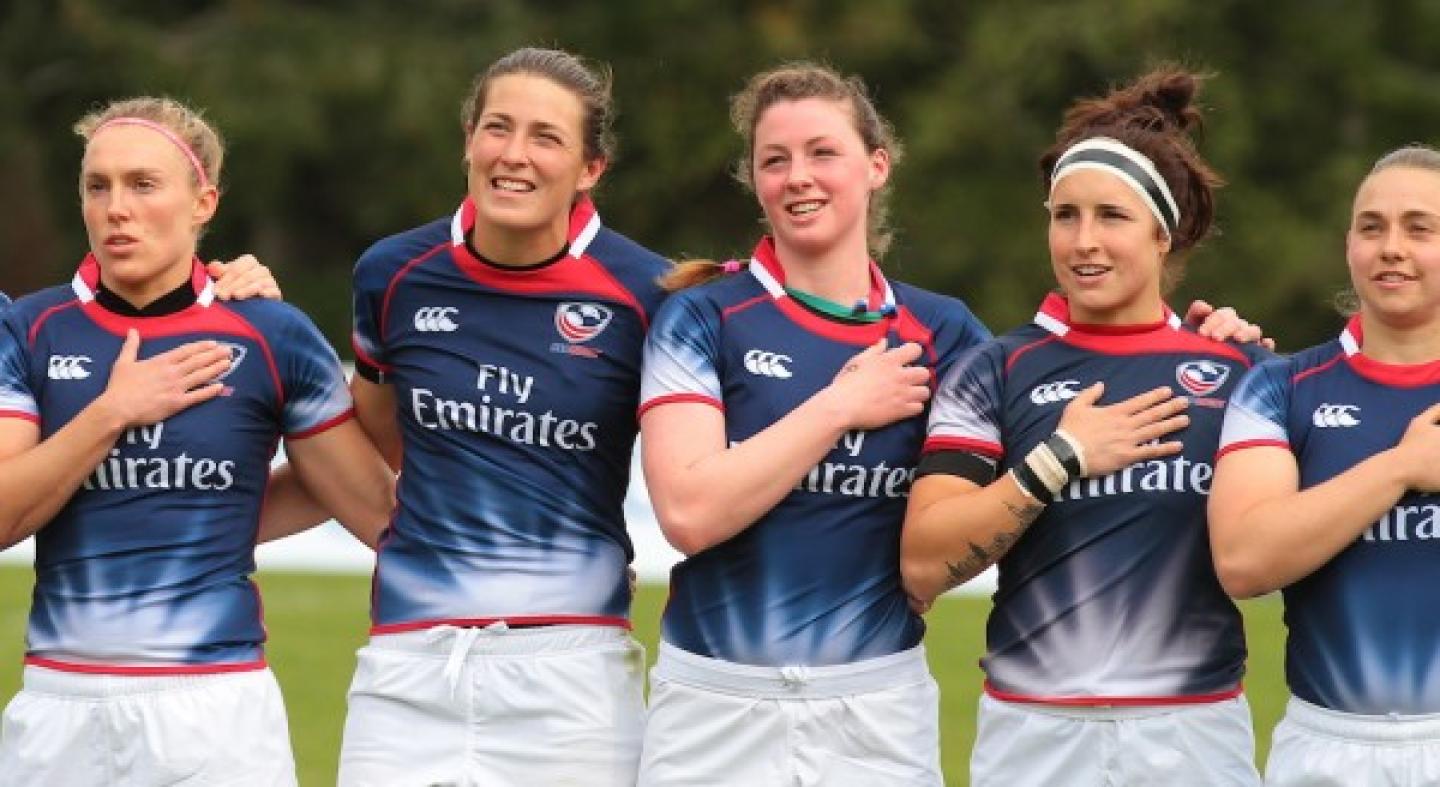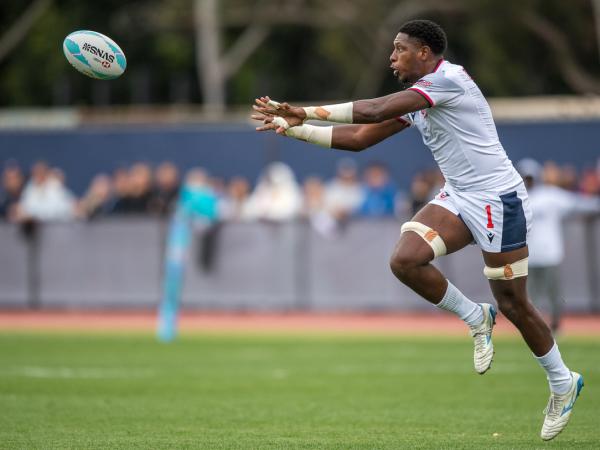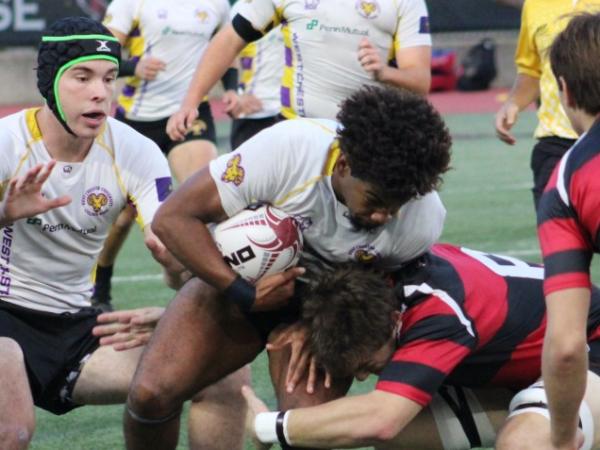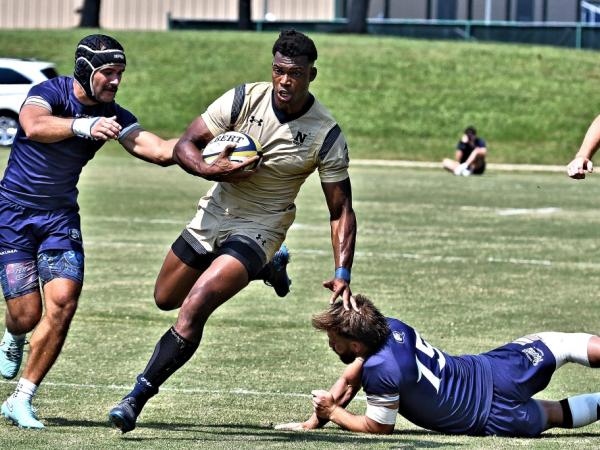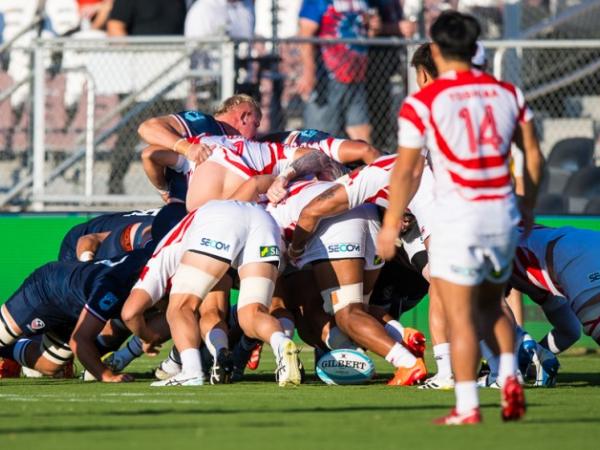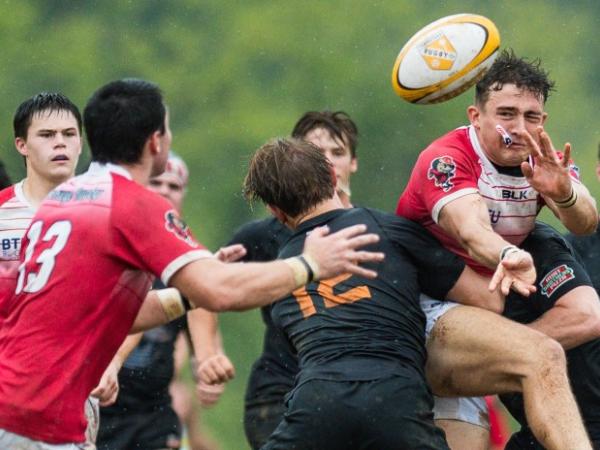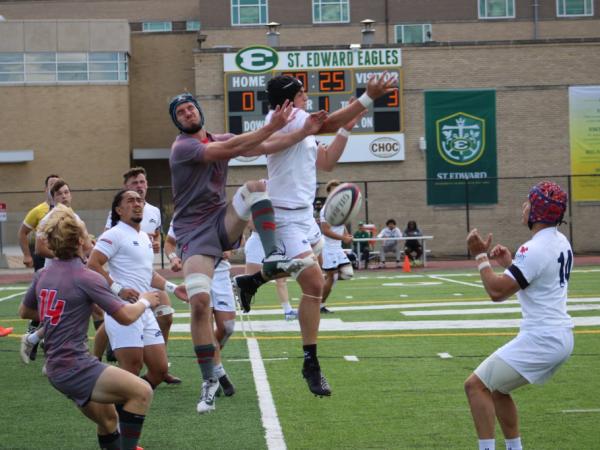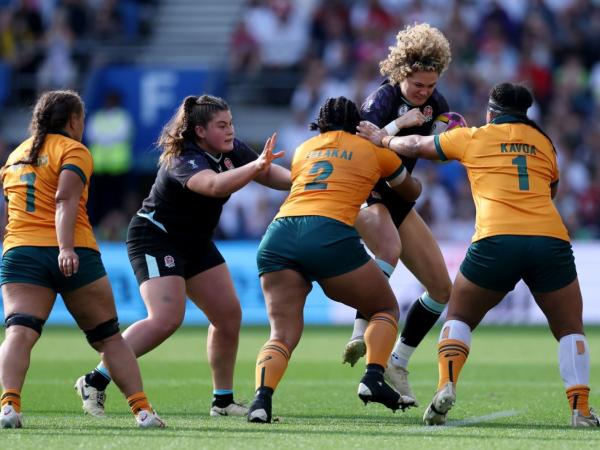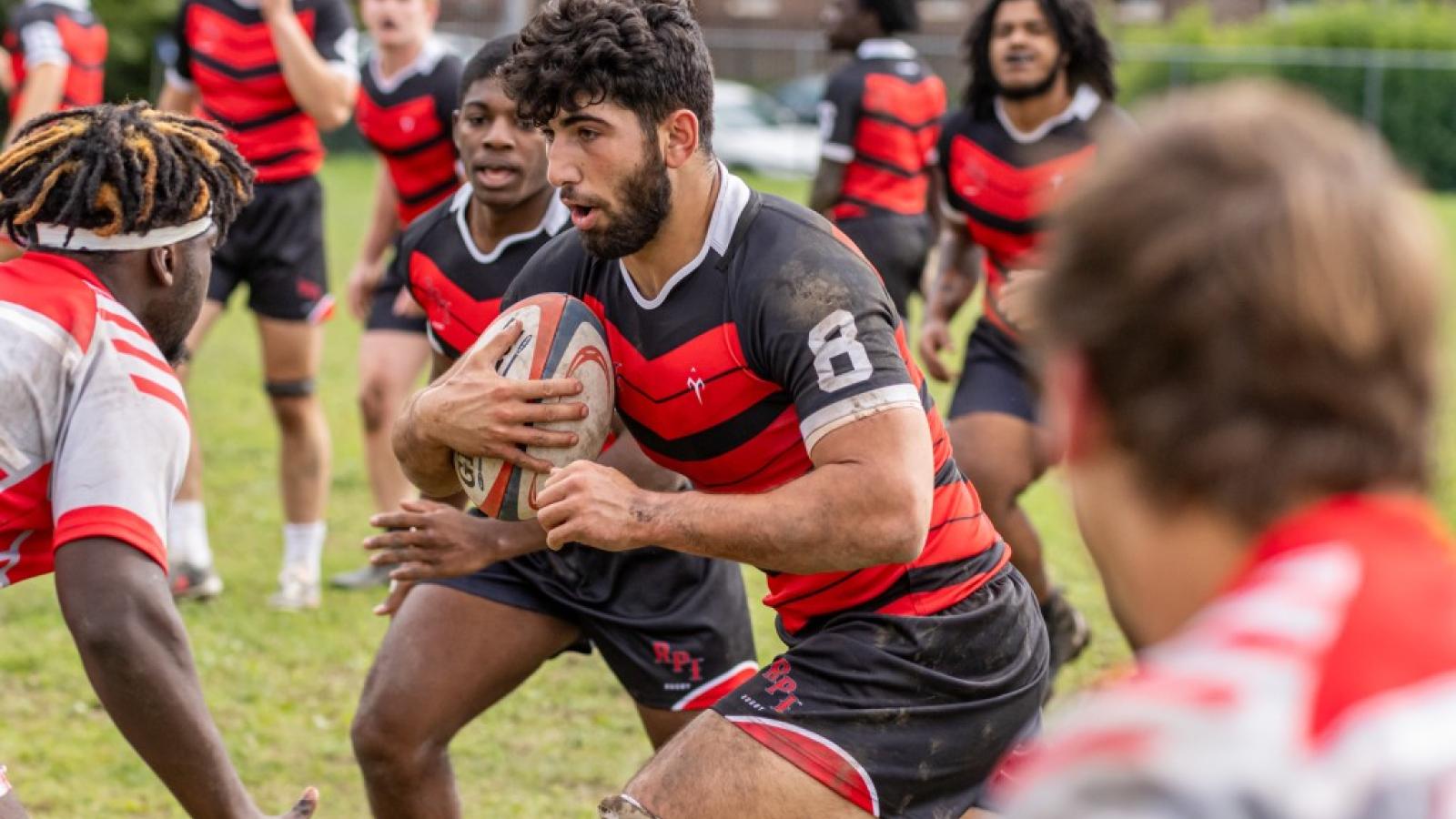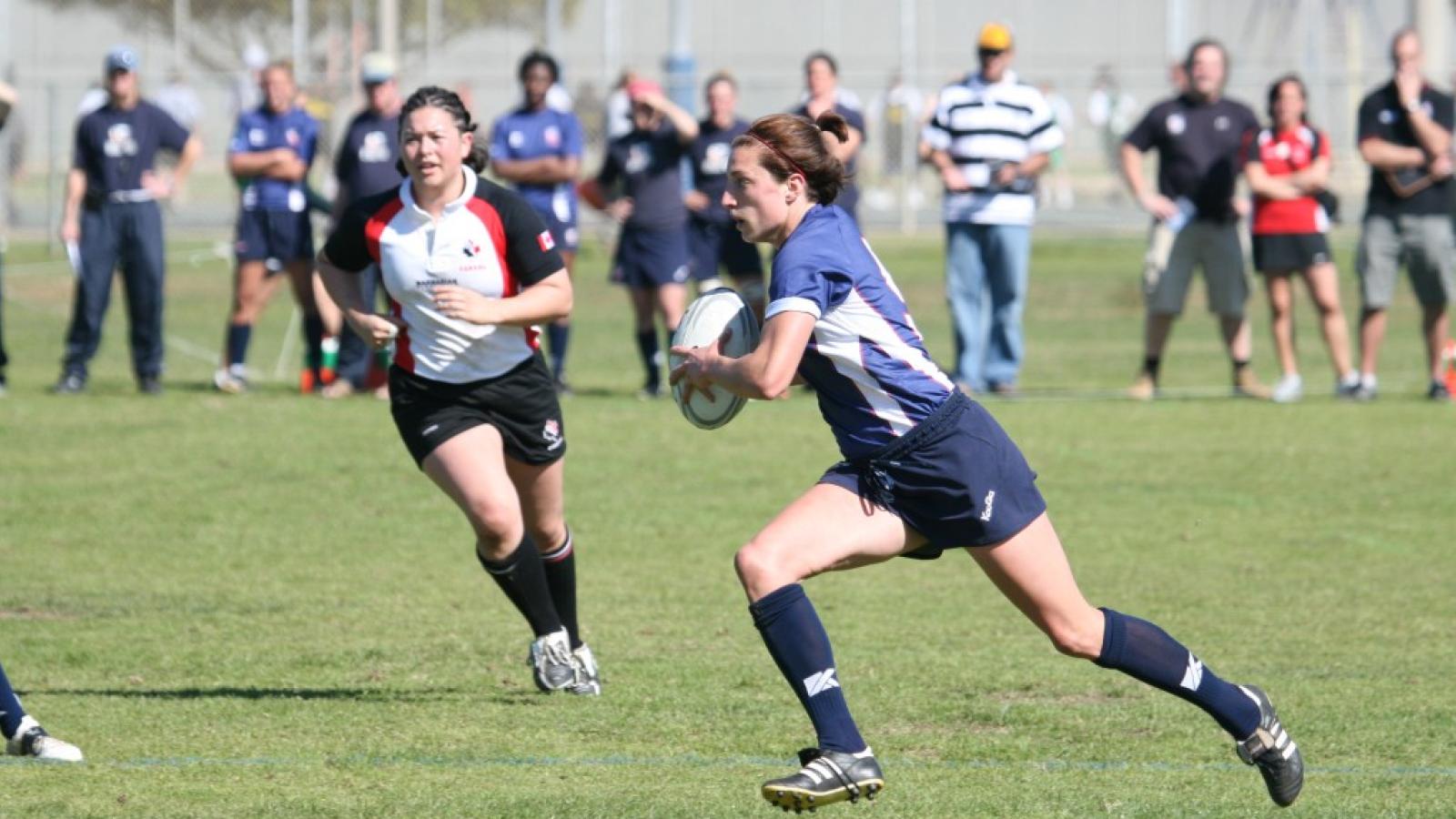USA Rugby has announced changes in the pathway for the national women's teams.
The idea, said the organization in an announcement, is toe "accelerate player development for international competition."
The efforts of the Women’s Eagles, AIG Women’s Collegiate All-Americans, and AIG Women’s Junior All-Americans have been combined into one program to create a clearer pathway.
“The goal is to accelerate the development of younger players, while still allowing for recognition of college and crossover athletes,” said Alex Magleby, newly-appointed director of performance at USA Rugby. “By bringing the pathway programs together it allows for better coordination in player identification and development.”
The realignment in high performance combines sevens and 15s player development into one pathway, as well, to simply make better rugby players.
“Rugby is rugby for the most part,” said Magleby. “It doesn’t matter too much the number of players on the field when looking to improve the core skills of the game. We need more of and better training repetitions, whether it is sevens or XVs--both make better rugby players.”
The re-organization also includes the introduction of a National All-Star Competition (NASC) held three times throughout the year. The tri-annual events will be held for senior, college, and U20 levels - replacing the former Territorial Union All-Star competition, which ended in 2011.
Each portion of the new competition will be week-long events, seeing the invited players assigned to teams for competitions through an elite-level environment.
“By having three evaluation periods throughout the year now, the NASC allows us to pull players up quickly through the pathway,” said Peter Steinberg, Women’s Eagles head coach. “The competitions also give younger players an opportunity to compete at the senior level while in a highly competitive environment.”
In addition to the NASC events, the new structure includes multiple player development opportunities. Similar to the men’s structure, a growth in National Development Academies for women provides players with greater experiences and additional coaching.
USA Rugby launched its USA Rugby Academy powered by Serevi last year to provide a pathway with both coordinated player identification and development through camps and residency programs. The Academy provides opportunities across the U.S. for potential athletes from high school, college, and on to senior women to develop their game and be seen by national team coaches.
“USA Rugby Academy is a critical piece of the pathway and it enables players to seek out development opportunities that they may otherwise not get,” said Steinberg. “The Academies will follow the Women’s National Team development program and that alignment will be critical for a player’s development.”
The changed pathway comes with a new approach to talent identification, alleviating geographical barriers and dispersed competition issues. Athletes will be able to enter the pathway through a wider range of competitions reviewed by coaches and selectors.
Scouting of National Championship Series events, nominations from coaches, National Development Academies, USA Rugby Academy, and the new National Recruitment Festivals (NRFs) will serve as additional entry points.
“We need to open up the selection process and have it be as wide as possible from the High School All-Americans to the Eagles,” said Magleby. “The National Recruitment Festivals are one-day events that let both experienced rugby players and crossover athletes show what they can do.”
The NRF format will be piloted the day before Atlanta 7s Friday, March 13, and subsequently rolled out to areas where athletes have difficulty being seen.
The NRFs will be used to recruit players for all three national teams - WJAAs, WCAAs, and Eagles. Dates and locations of further events are to be announced in the coming days.
Details for a coaching development pathway are still being clarified, however, it has been determined the NASC competitions will be an entry point to the international-level structure.






